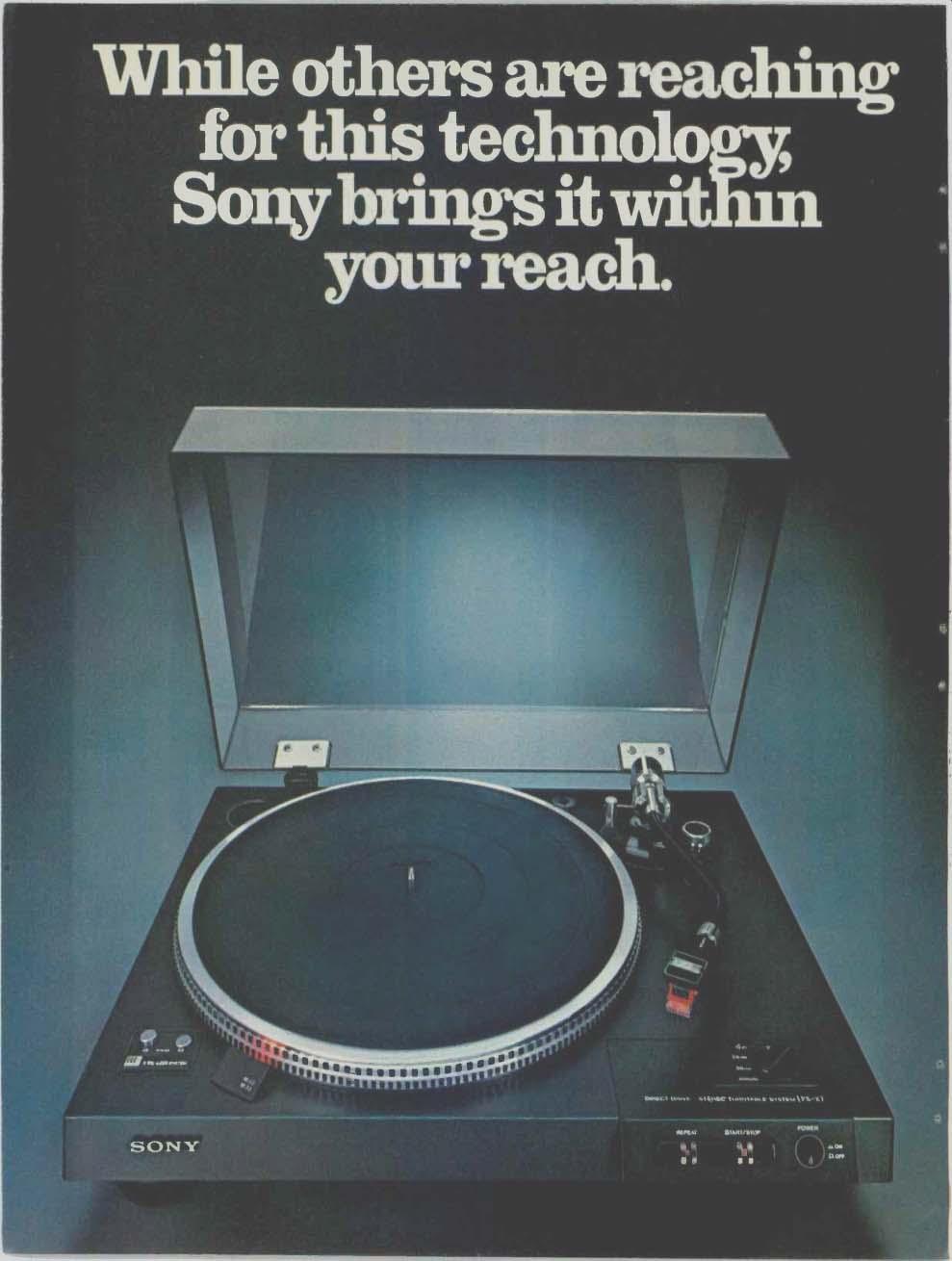
It takes a sharpened sense of technology to deliver innovation at sensible prices.
Who else but Sony could manage it? We know turntables backwards and forwards. Even as far back as 1966, we were surprising people with our developments: that one, the application of a slow-speed, servo-controlled motor to turntables.
Today, we present the PS-X7, X6 and X5. Three fully automatic, direct drive turntables that are a direct challenge to the competition.
And the competition will soon find that we've got the features they don't want to face.
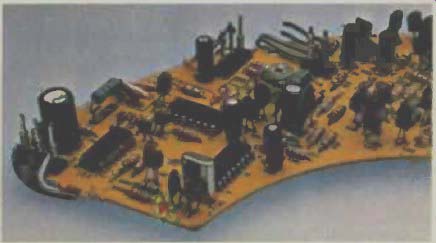
The X-tal Lock. X-act speed accuracy.
Good as it is, a traditional servo system has two flaws. When playing a record for a long time, it heats up and you're continually forced to correct for speed drift.
More critically, increased friction between the stylus and record during loud passages can slow down the speed. It will then fall into a range wherein a conventional servo isn't sensitive enough to read. But your ear can.
Sony's X-tal Lock system cannot be accused of any of the above. Its quartz generator serves to regulate the servo. The speed is electronically locked in. Impervious to changes in temperature, load, or voltage.
Quartz can help Bach. Quartz can help rock.
Our brushless and slot-less is matchless.
Sony's new motor gives brushes the brush. The ring shaped permanent magnet rotor and fixed coil windings eliminate cogging.
The torque is high-and that's not just talk.
Its rotation is smooth, and start-up, quick.
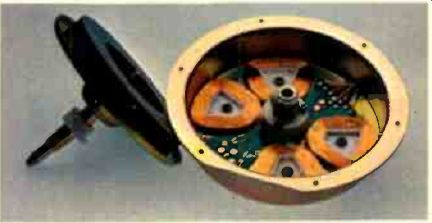
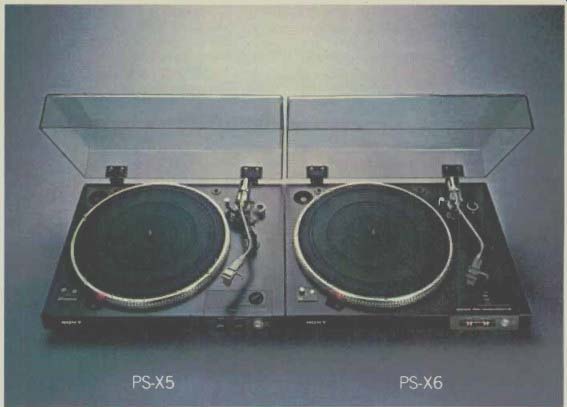
Sony Speed Monitoring System. Like millions of tiny State Troopers.
The X-tal Lock system is worth x-actly nothing, unless the right information is relayed to it. Our system uses a precise magnetic pulse signal, recorded on the outer rim of the plat ter. An 8-pole magnetic pick-up head receives it. Then transmits it to the servo electronics.
Most systems base their information on only one pole. By using 8--and averaging them--we get above average accuracy.
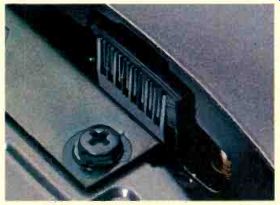
Want functional controls? The case is closed!
Sony believes a dust cover should live down to its name-it should stay closed, protecting record and turntable from dirt. You have immediate access to the controls with out lifting the cover. (On the X7 and X6, the controls are touch sensitive.) There's a lot more built into these machines; a lot more reasons to look into them.
A safety clutch mechanism protects the tone arm against damage, should you grab it while in motion.
And on the X7 and X6, an optical sensing system is included. It automatically returns the arm at record's end. (In the X7, a carbon fiber tonearm.)
What's more, these turntables are worth more dead, than alive. Because their cabinets are made from an acoustically dead material. That way, acoustic feedback caused by the speakers can't come back and make the cabinet vibrate.
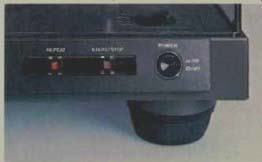
Vibration is also cut by our thick rubber mat, and heavy aluminum platter. Viscous filled rubber feet give vibration the boot as well; the same viscous material fills the rubber mat on the PS-X7.
All this, so while you're vibrating to the record, your turntable isn't.
Much has been engineered into these turntables that we haven't mentioned, including lightweight tonearms with a cast aluminum alloy headshell.
So tightly built are they that we didn't even have room for one more thing: bigger prices.
Cartridges are not included.
1977 Sony Corp. of America. 9 W. 57 St., N.Y. N.Y. 10019.
SONY is a trademark of Sony Corp.

(High Fidelity, Nov. 1977)
Also see: